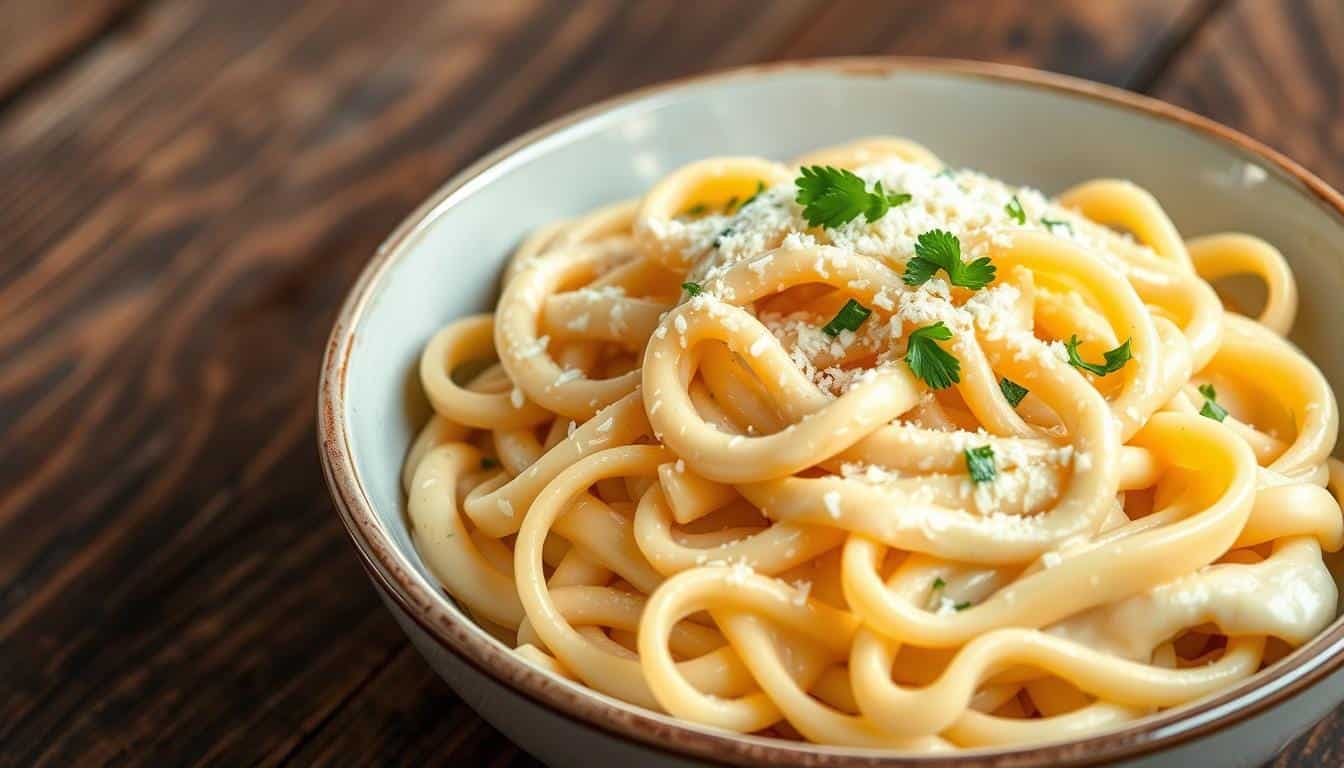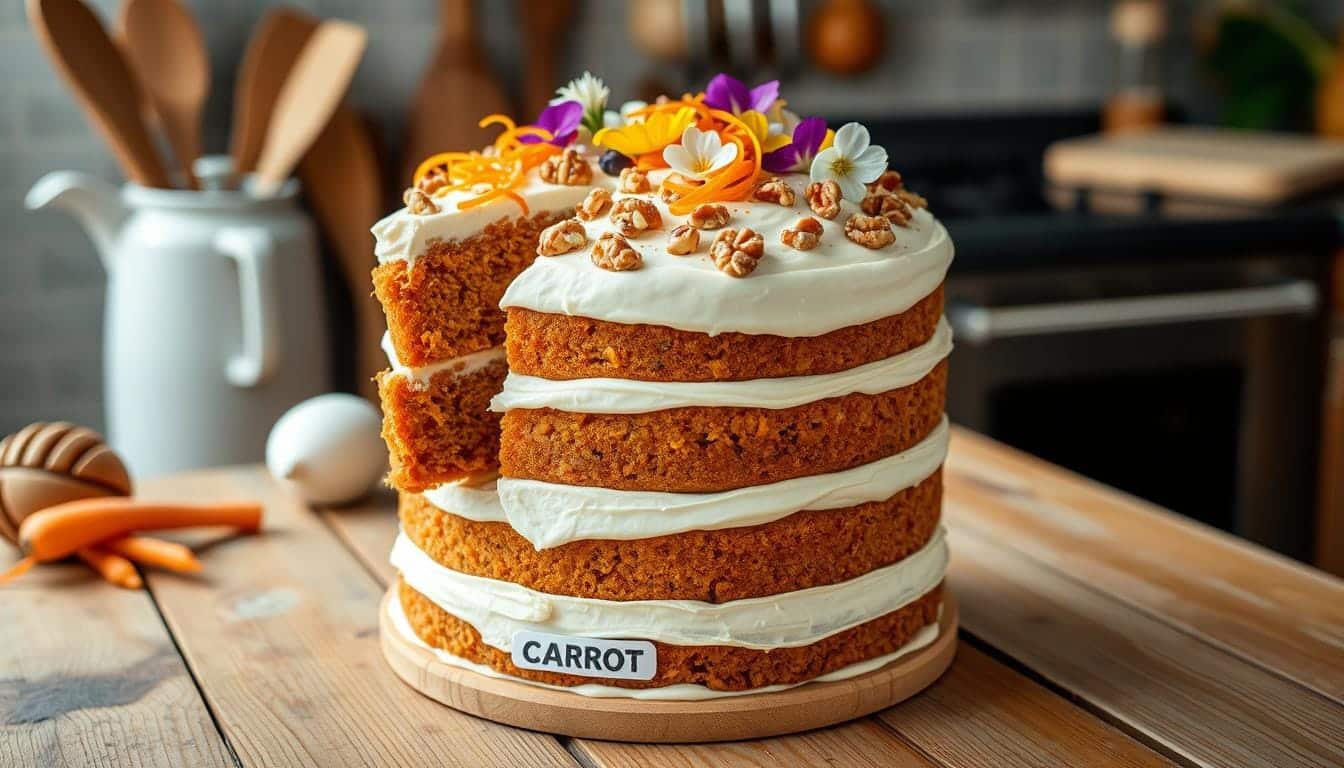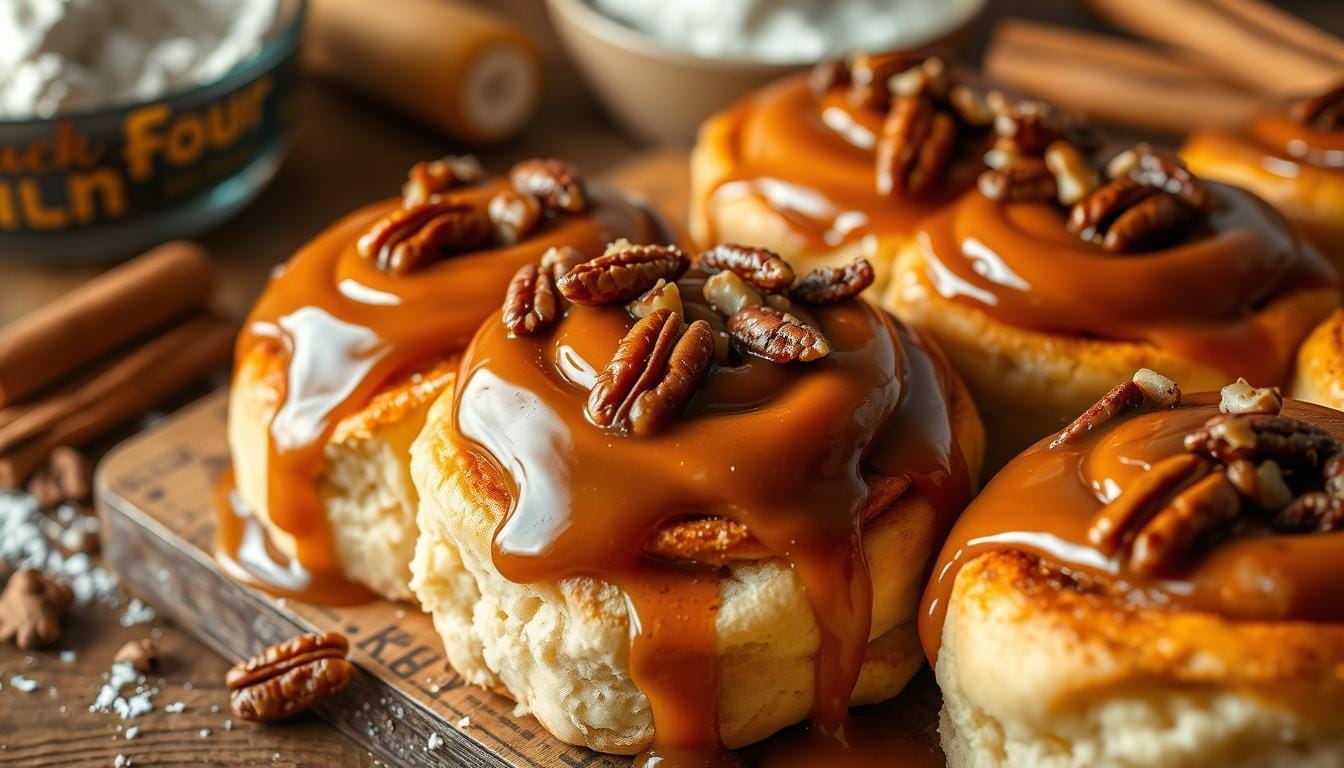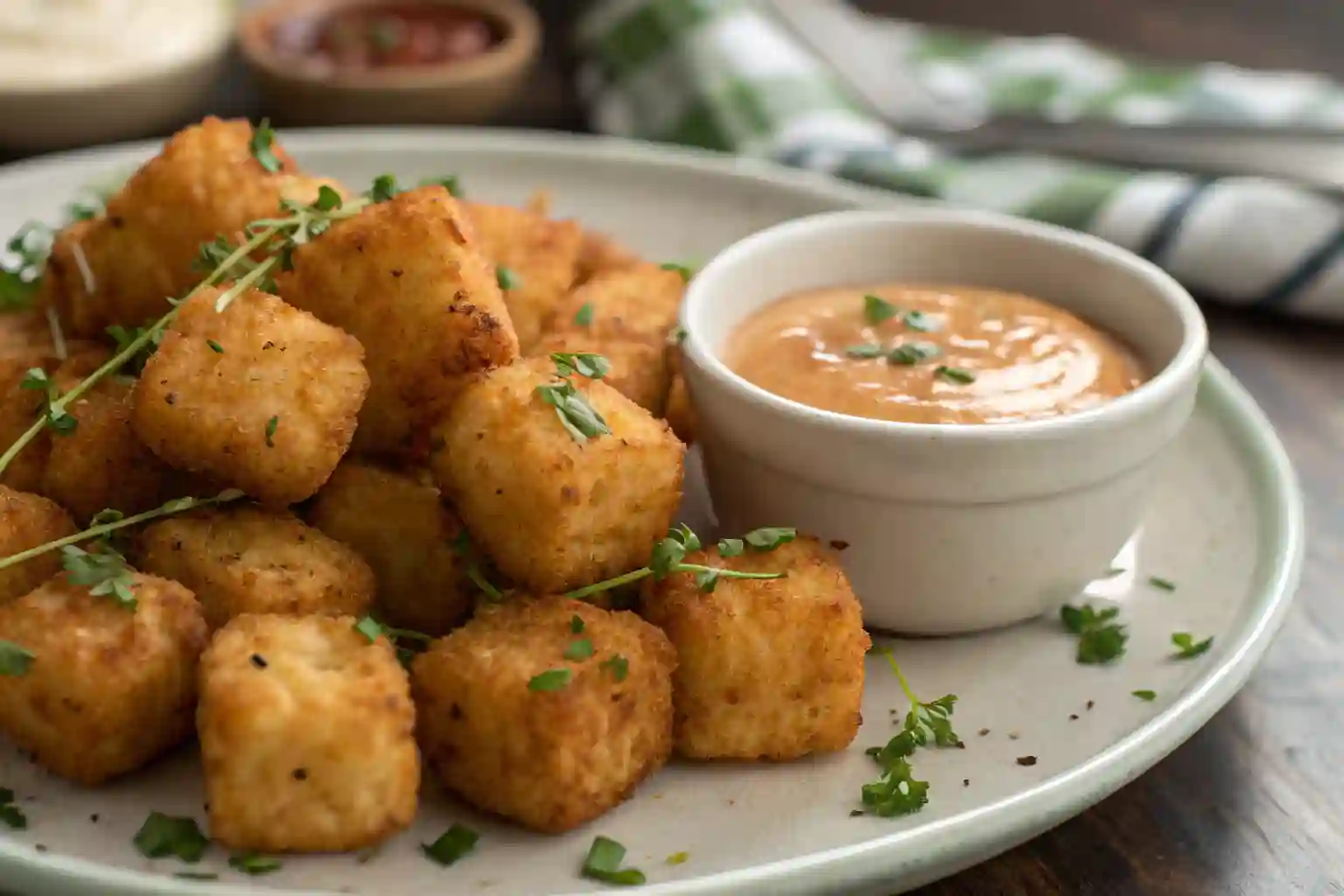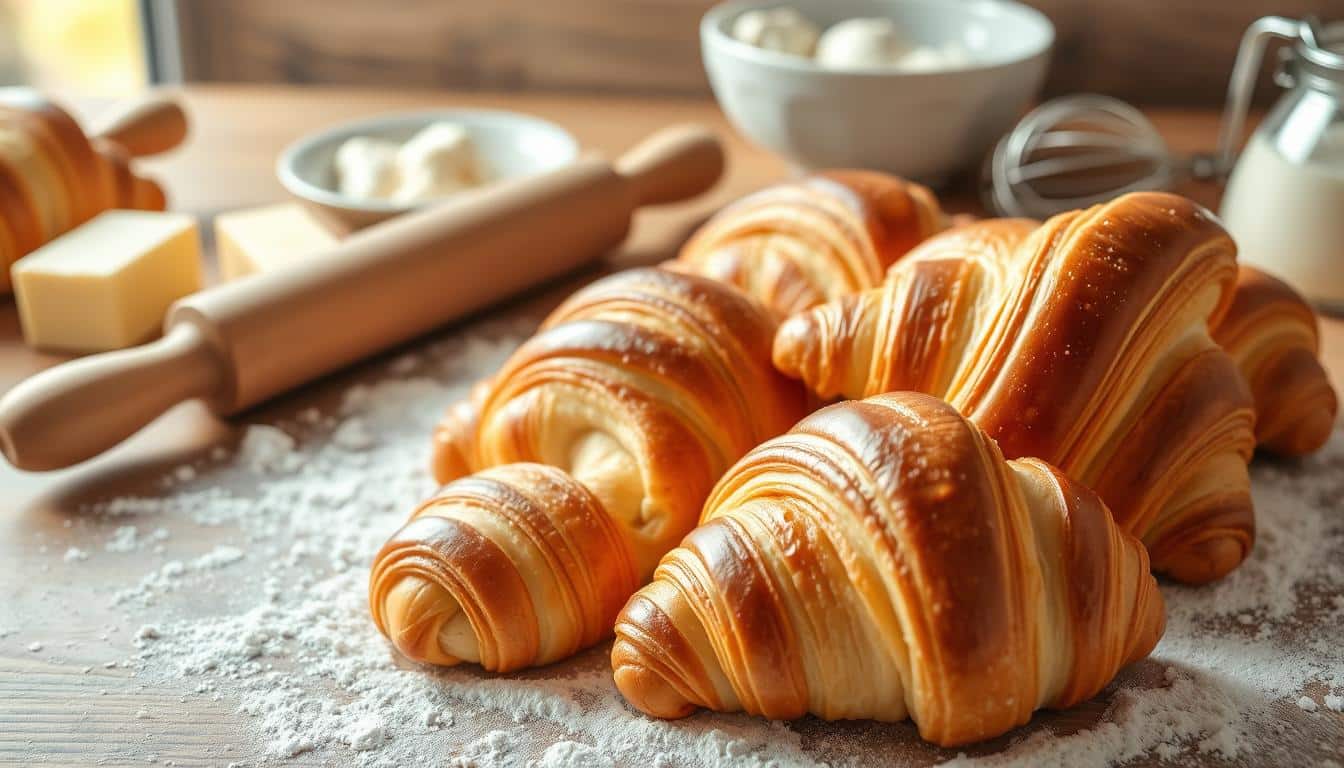The history of fruit spreads goes back 8,000 years. Raspberry jelly is a true culinary gem. Imagine finding a vibrant jar of sweet and tart raspberry jelly in your pantry. It’s ready to make your breakfast, baking, or snack time special.
This fruit spread is more than just a condiment. It’s a perfect mix of flavor and tradition. It lets you enjoy the taste of fresh raspberries all year. Whether it’s for a fancy tea party or a cozy weekend brunch, it adds a burst of fruity brilliance to your table.
Raspberry jelly is made from pure fruit juice, without any fruit chunks. This makes it smooth and translucent, unlike jams and preserves. Its bright flavor and versatility make it essential in any kitchen.
Table of Contents
Understanding Raspberry Jelly’s Sweet and Tart Profile
Raspberry jelly is a delightful treat that balances sweet and tart flavors. Its unique taste comes from the complex compounds in raspberries. This makes it a favorite among food lovers.
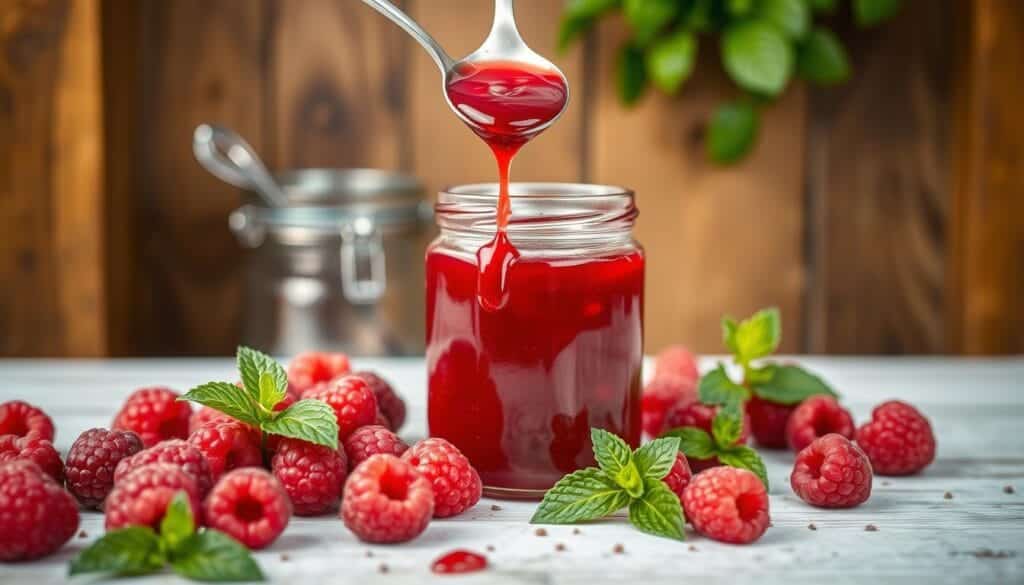
The Science of Flavor Balance
The magic of raspberry preserve is in its flavor chemistry. Raspberries have a mix of natural sugars and acids. This mix gives them their special taste:
- Natural sugars provide sweetness
- Citric and malic acids contribute tartness
- Anthocyanins create vibrant color and additional flavor complexity
Jam vs Jelly: What’s the Difference?
Knowing the difference between jam and jelly helps us see what makes raspberry jelly special. Both are fruit spreads, but they’re made differently:
| Characteristic | Jam | Jelly |
|---|---|---|
| Texture | Chunky with fruit pieces | Smooth and clear |
| Preparation | Whole fruit crushed | Strained fruit juice |
| Consistency | Thick and spreadable | Translucent and firm |
Natural Flavor Components
Raspberries have volatile compounds that add to their flavor. Esters and terpenes give them a fruity and floral taste. This makes raspberry jelly so appealing.
When you put raspberry jelly on your toast, you get a mix of natural sweetness and tangy notes. It captures the fresh taste of raspberries.
Essential Ingredients for Making Raspberry Jelly
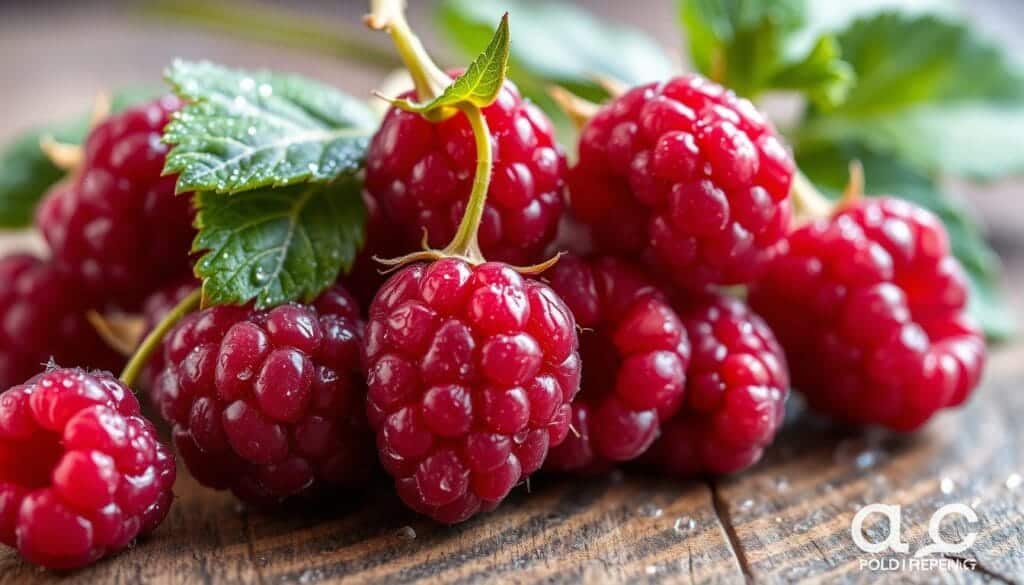
Making the perfect homemade jelly starts with the right ingredients. Fresh raspberries are the key to a great raspberry jelly. The quality of your ingredients affects the taste and texture of your jelly.
Here are the main ingredients you’ll need for a tasty homemade jelly:
- Fresh Raspberries: 200g of ripe, vibrant raspberries (fresh or frozen)
- Granulated Sugar: 50g (about 4 tablespoons)
- Pectin: 6-7 grams for proper gel formation
- Lemon Juice: Fresh squeeze for natural preservation
It’s important to know what each ingredient does. Pectin helps thicken the jelly. Lemon juice adds flavor and helps the jelly set and stay colorful.
| Ingredient | Quantity | Purpose |
|---|---|---|
| Raspberries | 200g | Primary flavor base |
| Sugar | 50g | Sweetness and preservation |
| Pectin | 6-7g | Gelling agent |
| Lemon Juice | 15ml | Flavor enhancement and preservation |
Choose the ripest raspberries you can find. Ripe fruits have more natural sugars and pectin. This makes your homemade jelly taste better and set well.
Step-by-Step Guide to Making Homemade Raspberry Jelly
Making homemade raspberry jelly is simpler than you might think. This easy recipe will show you how to turn fresh raspberries into a tasty spread. It’s perfect for your pantry.
Preparing Fresh Raspberries
First, pick ripe, fresh raspberries. Wash them gently and take out any stems or unripe fruits. For the best results, choose berries that are plump and brightly colored.
- Rinse raspberries under cool water
- Remove damaged or unripe berries
- Pat berries dry with a clean kitchen towel
Straining and Juice Extraction
To make a smooth jelly, you need to get the juice without seeds. Use a fine-mesh strainer or cheesecloth to separate the juice from the pulp. Press gently to get as much juice as possible without pushing seeds through.
Adding Pectin and Sugar
For the right consistency, you’ll need Sure Jell pectin. One box is usually enough for most recipes. Make sure to measure your sugar correctly. The right amount is key for flavor and gel formation.
| Ingredient | Quantity |
|---|---|
| Raspberry Juice | 4 cups |
| Sugar | 7 cups |
| Pectin | 1 box Sure Jell |
Processing and Canning
Follow these important steps for safe canning:
- Sterilize canning jars and lids
- Leave 1/4 inch headspace when filling jars
- Process in a boiling water bath for 10 minutes
- Allow jars to cool undisturbed for 24 hours

Pro tip: Check the seal by pressing the lid. A properly sealed jar won’t flex. Your homemade raspberry jelly will last up to one year in a cool, dry place.
Nutritional Benefits and Health Considerations
Raspberry jelly is a healthier option compared to jam. It has unique nutritional benefits. Even though it’s not as good as whole raspberries, it’s packed with nutrients that are good for you.
Raspberries are full of vitamins and minerals. These nutrients are found in raspberry jelly too. The main ones are:
- Vitamin C for immune support
- Antioxidants that combat cellular damage
- Trace amounts of potassium
- Small quantities of manganese
When it comes to “is raspberry jam inflammatory,” research says no. Raspberries have anti-inflammatory properties. The antioxidants in them, like anthocyanins, help reduce inflammation.
| Nutrient | Amount per 1 Tbsp Raspberry Jelly |
|---|---|
| Calories | 50 |
| Total Sugar | 12g |
| Vitamin C | 1mg |
| Potassium | 10mg |
Even though raspberry jelly has some good points, eat it in small amounts. It has a lot of sugar. So, it’s best to use it sparingly. This way, you get the health benefits without too many calories.
Creative Ways to Use Raspberry Jelly in Your Kitchen
Raspberry jelly jam is more than just a spread. It’s a versatile ingredient that can change your cooking. It can make your meals sweeter or more savory, adding a burst of flavor.
Breakfast and Brunch Delights
Start your day with raspberry jelly in new ways. Here are some ideas:
- Swirl raspberry jelly into Greek yogurt parfaits
- Create raspberry-glazed French toast
- Mix into overnight oats for a fruity twist
- Use as a pancake or waffle topping
Unexpected Savory Combinations
Discover how raspberry jelly can enhance savory dishes. It pairs well with many flavors:
- Glaze for roasted chicken or pork
- Vinaigrette base for mixed green salads
- Spread on grilled cheese sandwiches
- Marinade for grilled meats
Dessert Innovations
Make your desserts special with raspberry jelly’s unique taste:
- Cheesecake filling or topping
- Thumbprint cookie center
- Layer in trifle desserts
- Swirl into brownie batter
| Dish Category | Raspberry Jelly Application | Flavor Complement |
|---|---|---|
| Breakfast | Yogurt Parfait | Vanilla, Almonds |
| Savory | Chicken Glaze | Rosemary, Thyme |
| Dessert | Cheesecake Topping | Chocolate, Cream Cheese |
Try raspberry jelly in your cooking to find new flavors and dishes!
Storing and Preserving Your Raspberry Jelly
Learning to make jam is all about storing and preserving it right. This ensures your homemade jelly stays fresh and flavorful for months.
Here are some important tips for storing your raspberry jelly:
- Sterilize jars at 120°C for 30 minutes in the oven
- Boil jars for 20 minutes to ensure complete sterilization
- Leave a ¼” headspace when filling half-pint jars
- Ensure lids are properly sealed to prevent contamination
For the best storage, follow these steps:
- Store unopened jars in a cool, dark, dry place
- Maintain constant airflow around stored preserves
- Keep jars away from direct sunlight to prevent discoloration
- In humid climates, refrigerate unopened jars
Pro tip for jam making: Once opened, keep your raspberry jelly in the fridge. Use it within one to two months. Look out for mold, which can make the whole jar unsafe.
With the right storage, your homemade raspberry jelly can last up to 12 months. This way, you can enjoy its fresh, vibrant taste for a long time.
Here are some important tips for storing your raspberry jelly. For additional preservation techniques, see our guide on how to properly store soups and preserves.
Pairing Raspberry Jelly with Cheeses and Accompaniments
Exploring the perfect cheese and jam combo can make your meals better. Finding out what cheese goes with raspberry jelly opens up a world of tasty pairings.
Finding the right match for raspberry jelly and cheese is all about flavors and textures. Let’s look at some great combinations that will make your cheese plate amazing.
Soft Cheese Delights
Soft cheeses pair wonderfully with raspberry jelly. Here are some creamy options:
- Brie – its buttery texture goes great with the sweet-tart raspberry
- Goat cheese – adds a tangy contrast to the jelly’s sweetness
- Camembert – offers a rich background for raspberry flavors
Hard Cheese Selections
Hard cheeses are perfect with raspberry jelly on cheese and crackers:
- Aged cheddar – sharp notes balance the jelly’s sweetness
- Smoked gouda – adds a complex smoky undertone
- Parmesan – brings a salty counterpoint to the fruity spread
Crafting the Perfect Charcuterie Board
Make your charcuterie board a work of art with raspberry jelly. Here are some tips:
- Place raspberry jelly in a small dish at the board’s center
- Surround with varied cheese selections
- Add cured meats like hickory smoked ham
- Include crackers and artisan breads
- Garnish with nuts for added texture
Try these pairings to find your favorite cheese and raspberry jelly combo!
Seasonal Tips for Using Fresh vs. Frozen Raspberries
Making raspberry jelly is fun, whether you use fresh or frozen raspberries. If you’ve wondered if you can use frozen raspberries in jelly, the answer is yes! Frozen raspberries are great when fresh berries are out of season.
Here are some important tips for using frozen raspberries in your jelly:
- Thaw raspberries completely before use
- Drain excess water to maintain proper consistency
- Use raspberry jelly with gelatin to help set the mixture
Seasonal tips are key for making raspberry jelly. Summer is the best time for fresh raspberries. Pro tip: When fresh berries are plentiful, freeze some for winter jelly-making!
Frozen raspberries are perfect for jelly, thanks to their texture. Just remember to prepare them right. Freezing doesn’t change the pectin levels, so your jelly will set well.
- Fresh raspberries: Peak flavor, ideal in summer
- Frozen raspberries: Consistent quality year-round
- Best preservation method: Quick freeze immediately after picking
Both fresh and frozen raspberries are nutritious. They’re full of antioxidants and vitamins. Your homemade raspberry jelly is tasty and healthy.
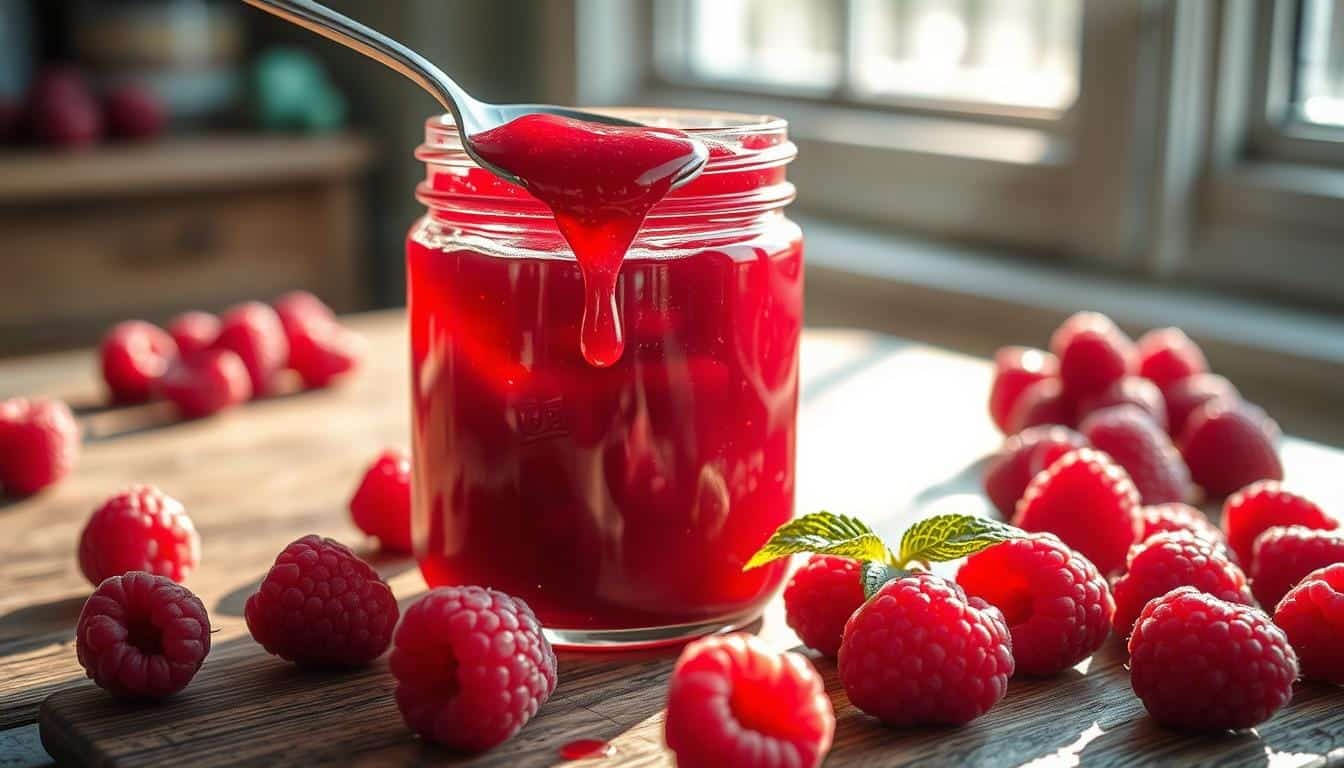
Homemade Raspberry Jelly
Equipment
- Fine-mesh sieve or cheesecloth (for straining juice)
- Canning jars and lids
- Canning pot (for boiling water bath)
- Sterilizing oven or pot (for sterilizing jars)
- Large saucepan (for cooking the jelly)
Ingredients
- For the Raspberry Jelly:
- 4 cups fresh raspberries or frozen, thawed
- 4 cups granulated sugar
- 1 box 1.75 oz Sure-Jell pectin
- ½ cup fresh lemon juice
- ¾ cup water
Instructions
- Prepare the Raspberries:
- Rinse the raspberries under cool water and remove any stems or damaged berries.
- Place the raspberries in a large saucepan and add ¾ cup water.
- Simmer over medium heat for 10 minutes, mashing the berries gently to release their juices.
- Strain the Juice:
- Pour the mixture through a fine-mesh sieve or cheesecloth into a bowl, pressing down to extract all the juice while leaving the seeds behind.
- You should have about 4 cups of raspberry juice.
- Cook the Jelly:
- Pour the raspberry juice back into the saucepan and stir in the pectin.
- Bring the mixture to a boil over medium-high heat, stirring constantly.
- Add the sugar all at once, stirring quickly to dissolve.
- Return to a rolling boil and cook for 1 minute, then remove from heat.
- Canning and Storing:
- Ladle the hot jelly into sterilized jars, leaving ¼-inch headspace.
- Wipe the rims, seal with lids, and process in a boiling water bath for 10 minutes to ensure a proper seal.
- Let jars cool at room temperature for 24 hours before storing.
- Serve and Enjoy:
- Spread on toast, drizzle over cheesecake, or pair with cheese for a gourmet experience!
Notes
No Pectin Option: If you prefer a natural pectin method, use 1 tart apple (chopped) and simmer with the raspberries before straining.
Frozen Raspberries: If using frozen raspberries, thaw completely and drain excess liquid before cooking.
FAQ
What is the difference between raspberry jam and jelly?
The main difference is in texture. Raspberry jelly is smooth and clear because it’s strained to remove seeds and pulp. Jam, on the other hand, has crushed fruit and seeds, making it chunkier.
What cheese goes best with raspberry jelly?
Soft cheeses like brie and goat cheese are great with raspberry jelly. Hard cheeses, such as sharp cheddar or parmesan, also pair well with its sweet and tart taste.
How do you remove seeds from raspberries for jelly?
To get rid of seeds, strain the cooked raspberries through a fine-mesh sieve or cheesecloth. Press the fruit gently to extract the juice, leaving the seeds behind. This makes the jelly smooth and seed-free.
Can you use frozen raspberries to make jelly?
Yes, frozen raspberries work well for jelly. Thaw them first and drain any extra liquid before cooking. They’re just as good as fresh raspberries in jelly recipes.
What’s healthier – jam or jelly?
Jelly might have fewer calories and less fruit than jam. But, both are high in sugar. For a healthier choice, try low-sugar options or make your own with less sugar.
Is raspberry jam inflammatory?
Raspberries have anti-inflammatory properties because of their antioxidants. But, the sugar in jam can cause inflammation. So, it’s important to eat it in moderation.
How do you thicken raspberry jelly?
Use pectin to thicken the jelly naturally. The right mix of pectin, sugar, and acid will give you the perfect consistency. If it’s too thin, add more pectin or cook it longer to thicken.
What flavors complement raspberry?
Raspberry goes well with chocolate, vanilla, almond, lemon, and other berries. It also pairs with mint, cream cheese, and some savory herbs like basil.
What jam is best for cheese and crackers?
Raspberry jelly is perfect for cheese and crackers. Its sweet-tart flavor contrasts beautifully with creamy and sharp cheeses, making it great for charcuterie boards.
How long can homemade raspberry jelly be stored?
Homemade raspberry jelly can last up to 18 months if it’s properly canned and sealed. Once opened, keep it in the fridge and use it within 3-4 weeks for the best taste and quality.
Conclusion
Your journey into raspberry jelly has opened up a world of tasty options. You’ve learned how to make old fashioned raspberry jelly at home and found great store-bought choices. Whether you like a smooth seedless jam or a chunky homemade one, there’s something for everyone.
Making raspberry jelly is more than just preserving fruit. It’s about making memories, trying new flavors, and adding sweetness to your food. Now, you can turn simple dishes into amazing meals. You’ve got the skills to make your cooking better, from traditional canning to quick recipes.
There’s a big rise in interest in making jelly at home, with a 500% jump in jelly-making kitchenware. Raspberry jelly can be used in many ways, from breakfast to desserts. Your kitchen is now a place where you can play with flavors and explore the world of fruit preserves.
Enjoy the fun of raspberry jelly. Whether you’re an experienced cook or just starting out, this spread can make your meals more exciting. Start trying new things, listen to your taste buds, and have fun on your culinary journey.


